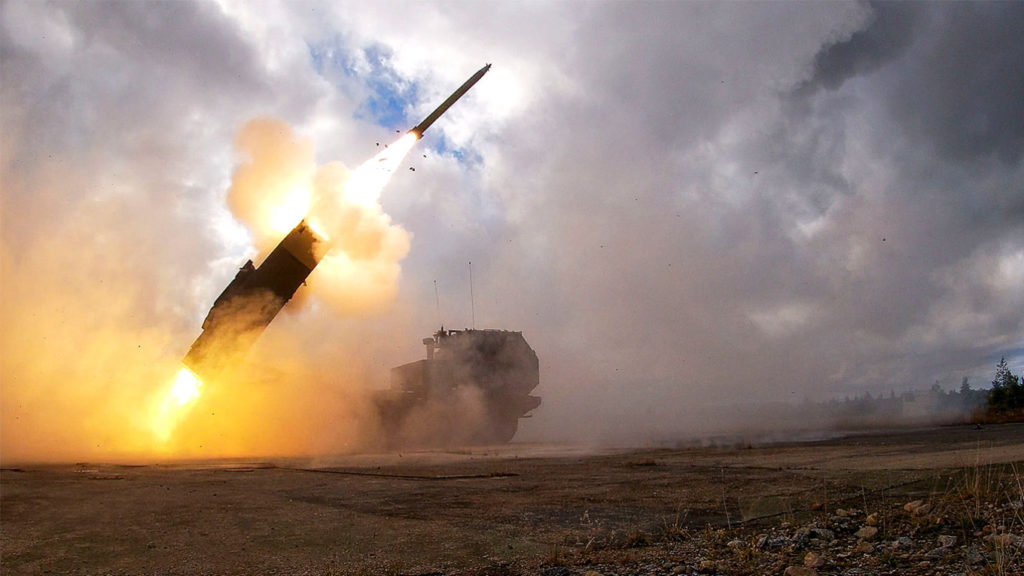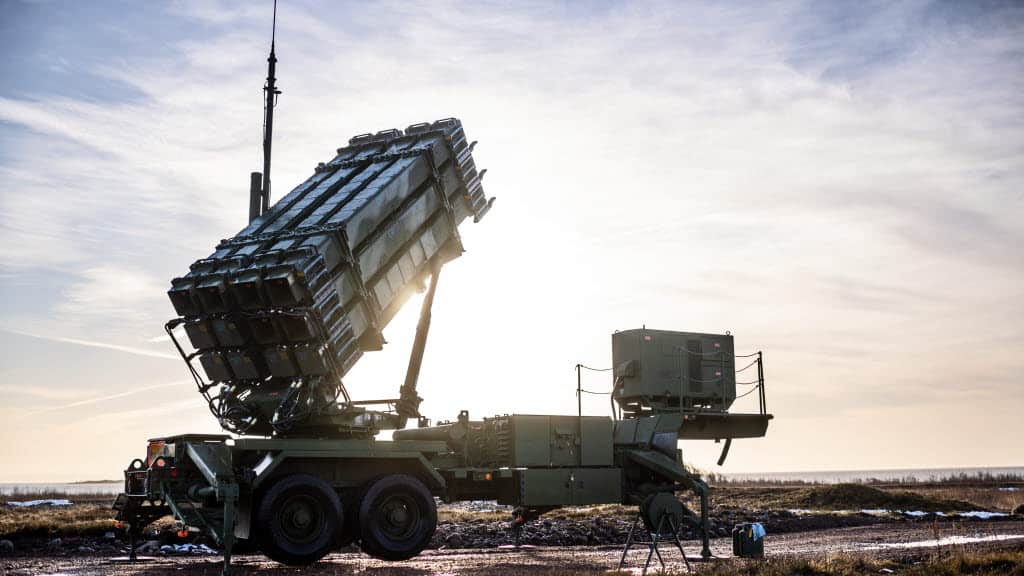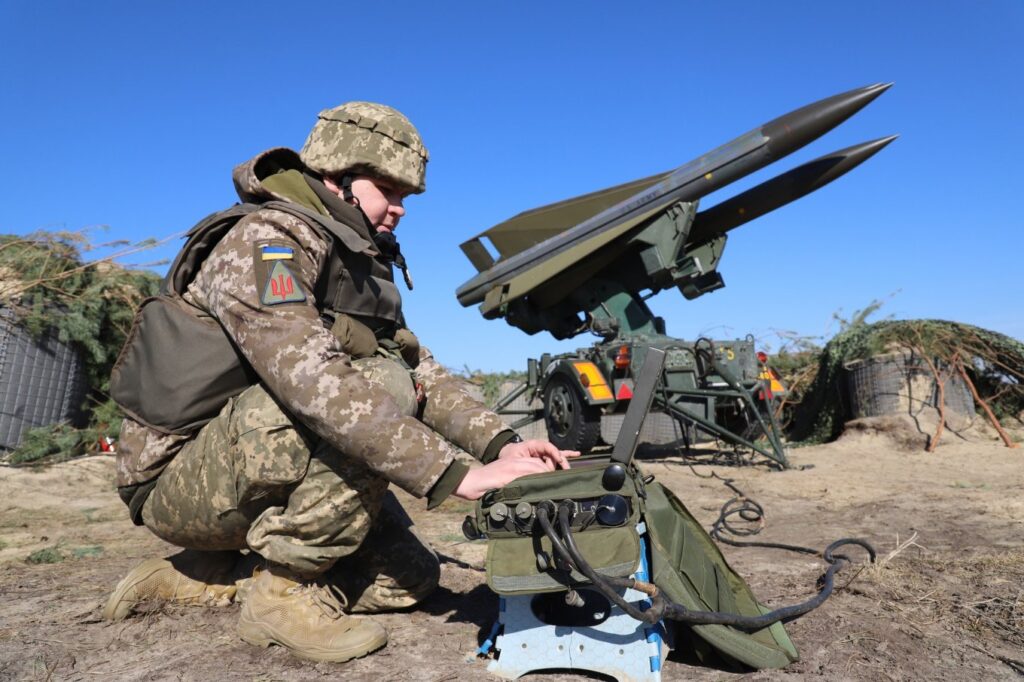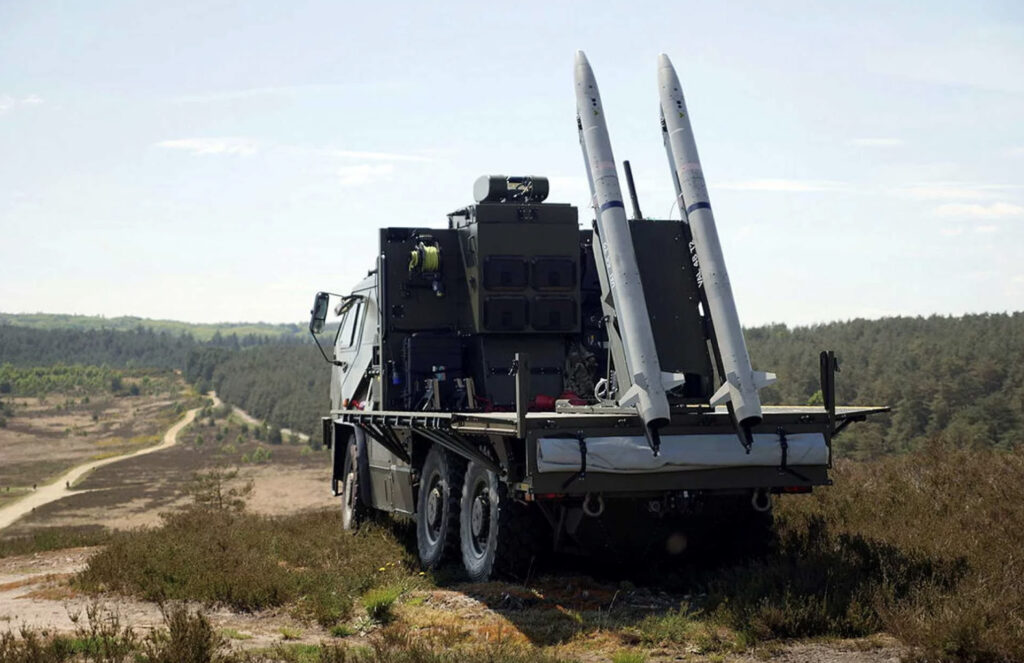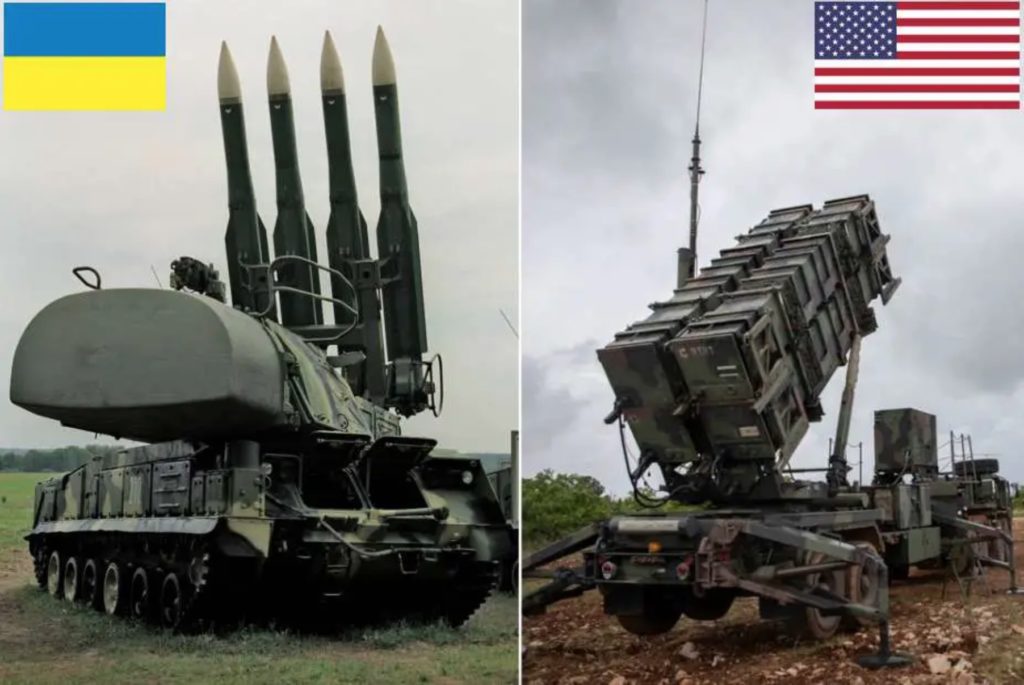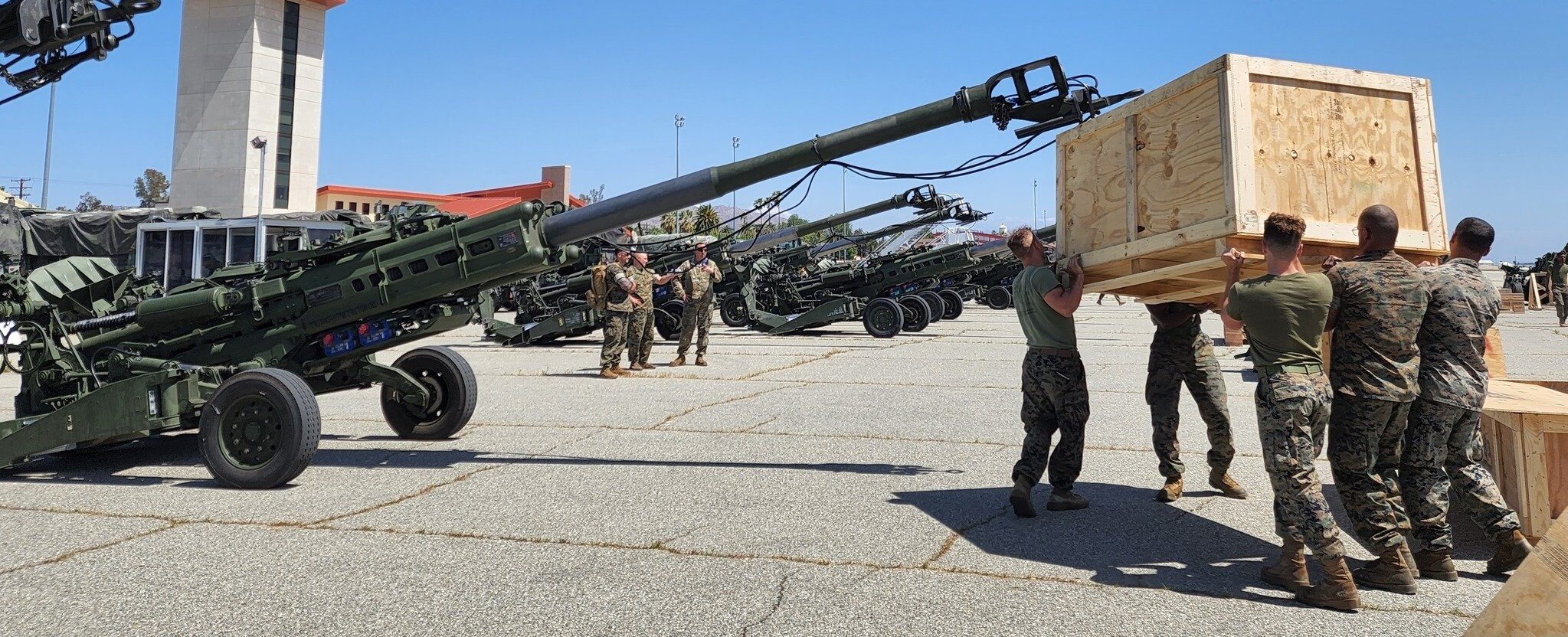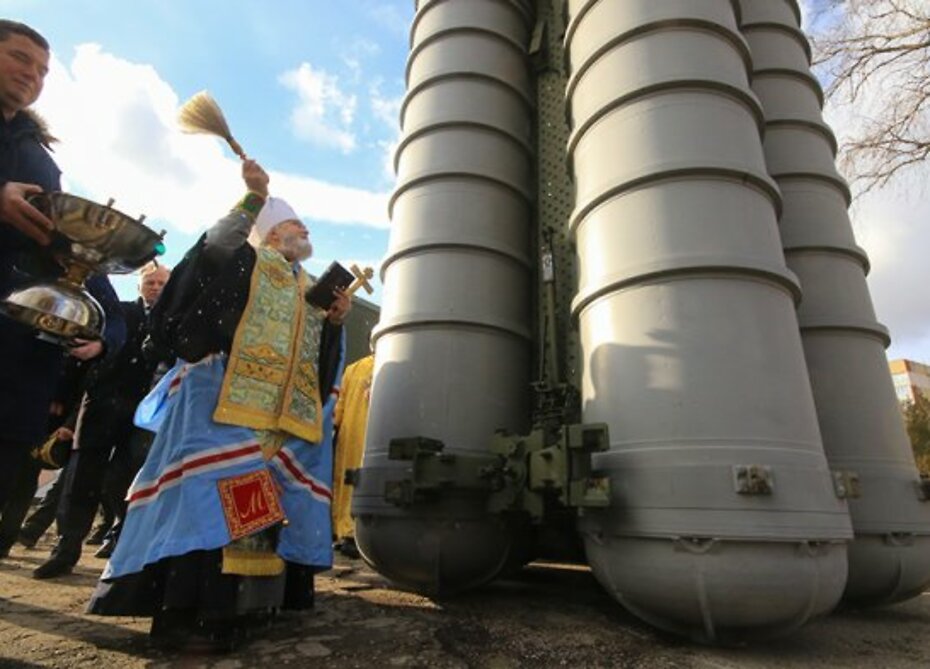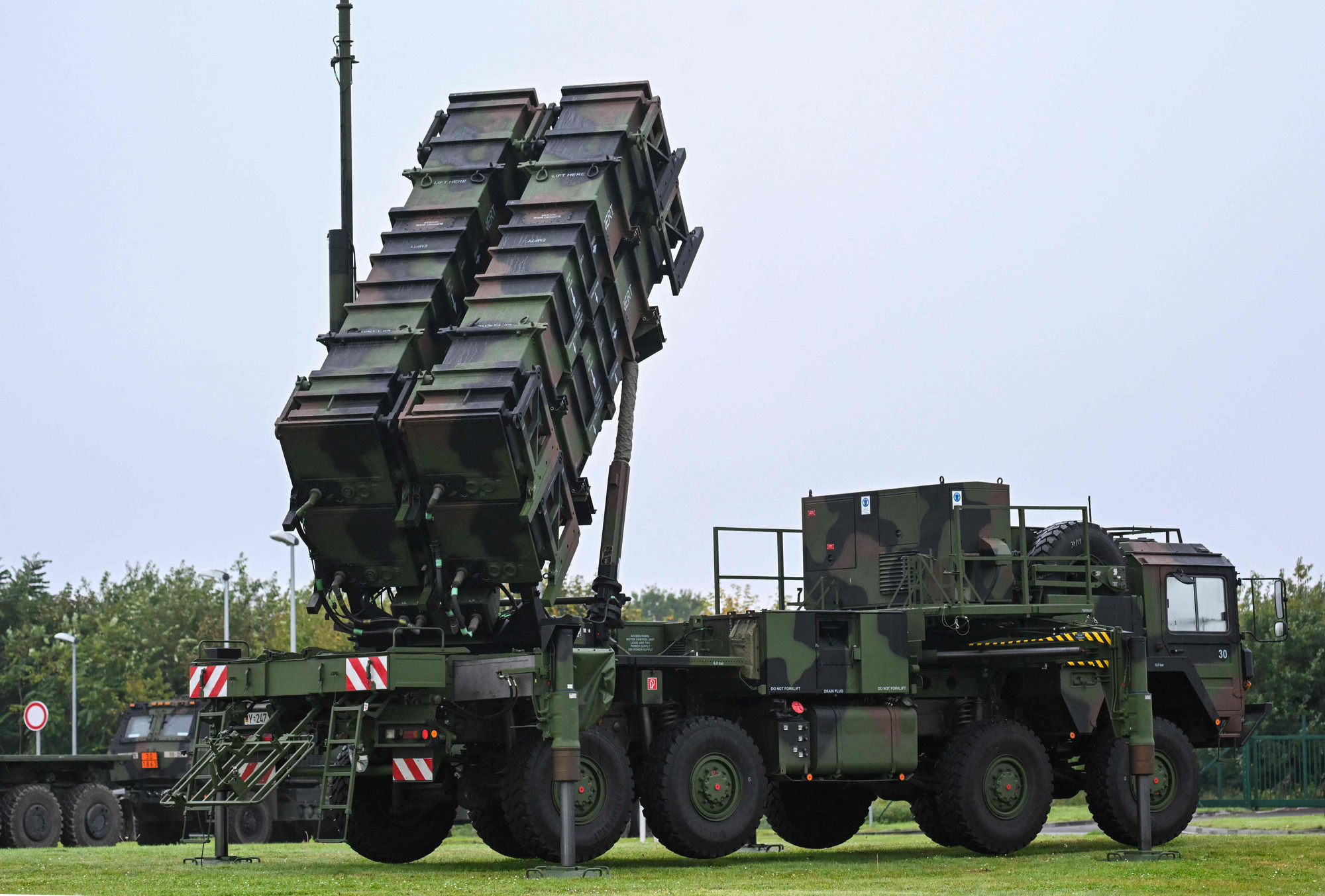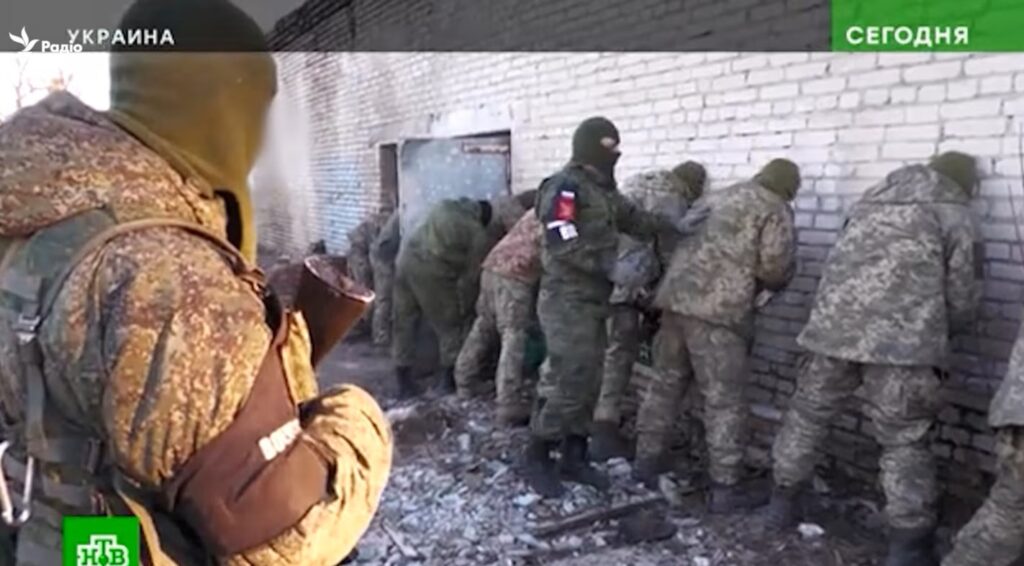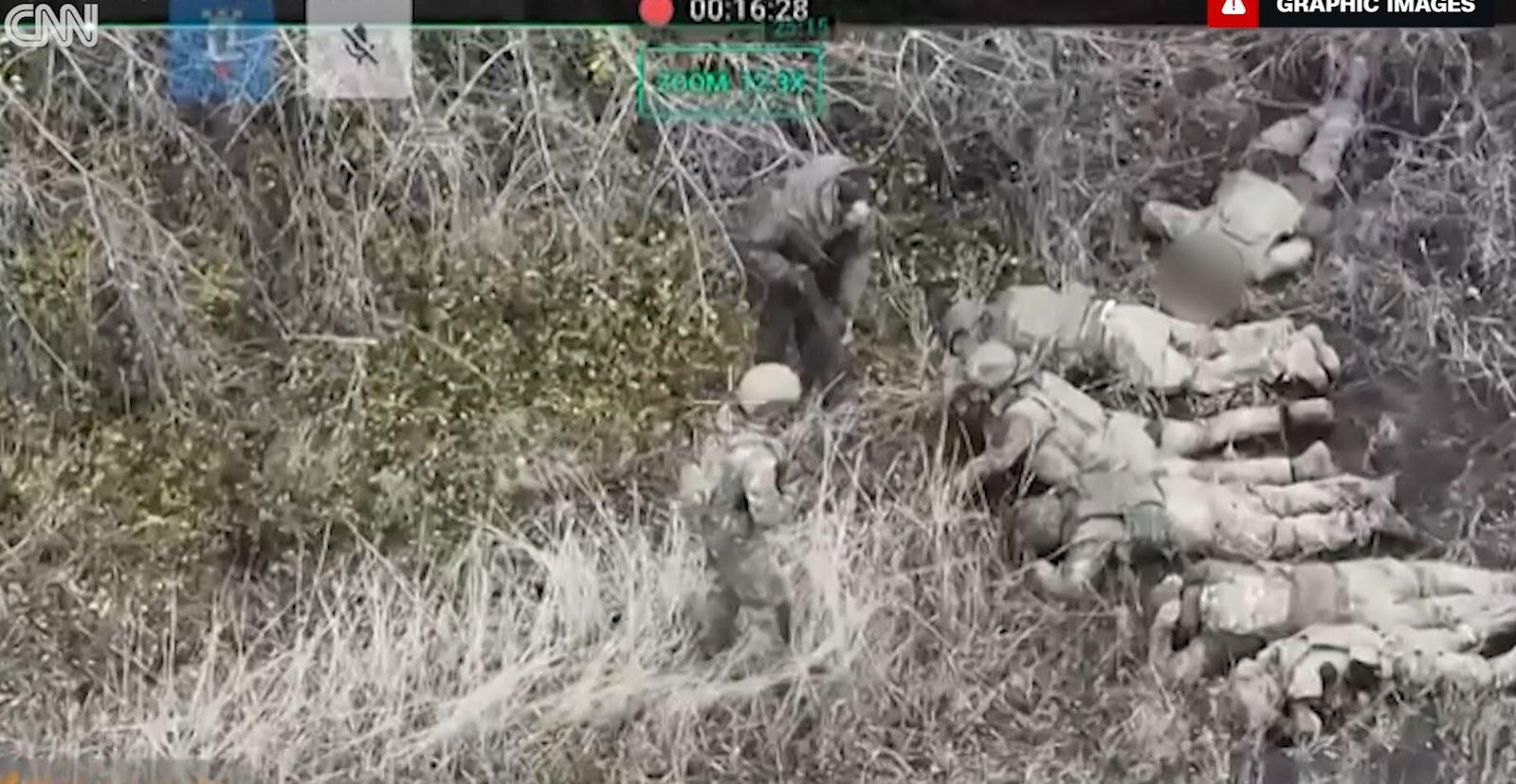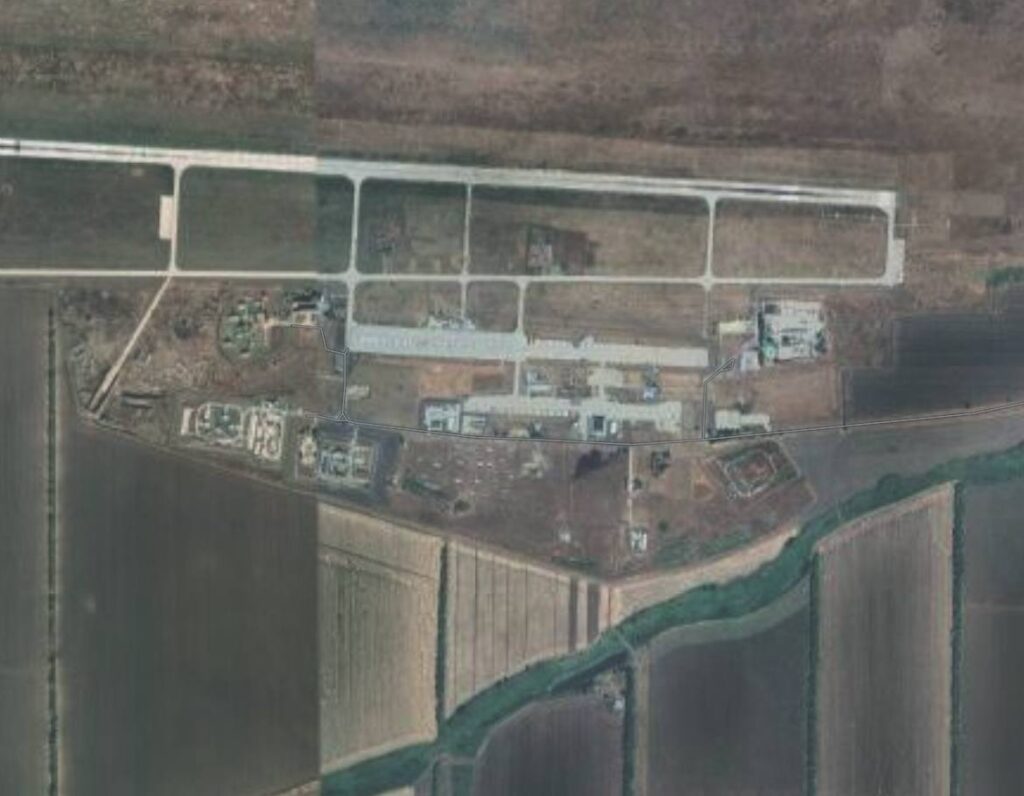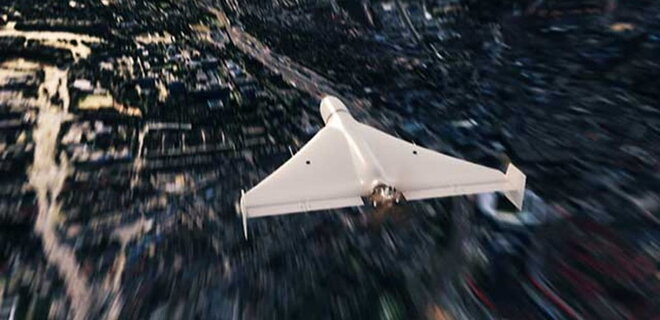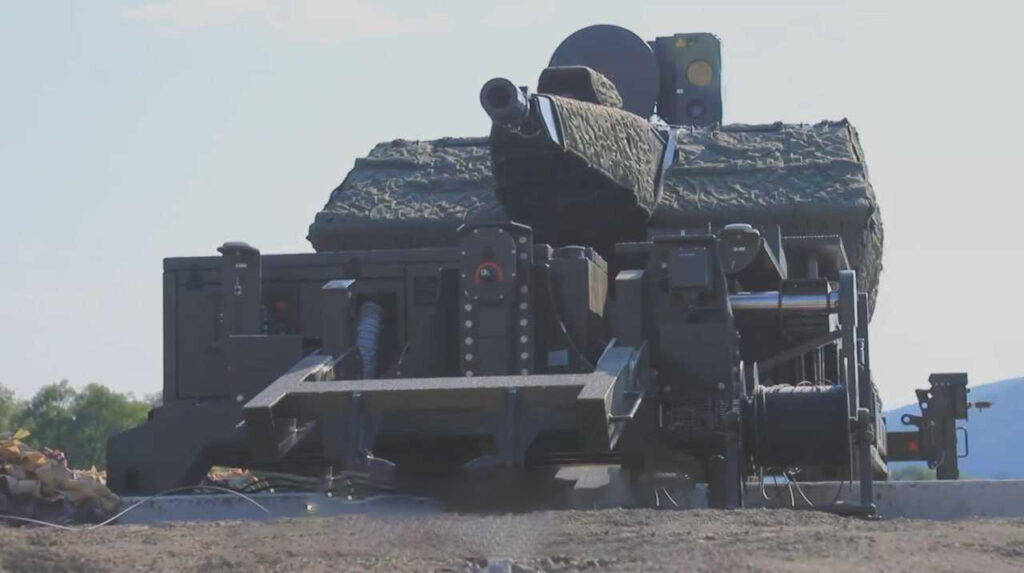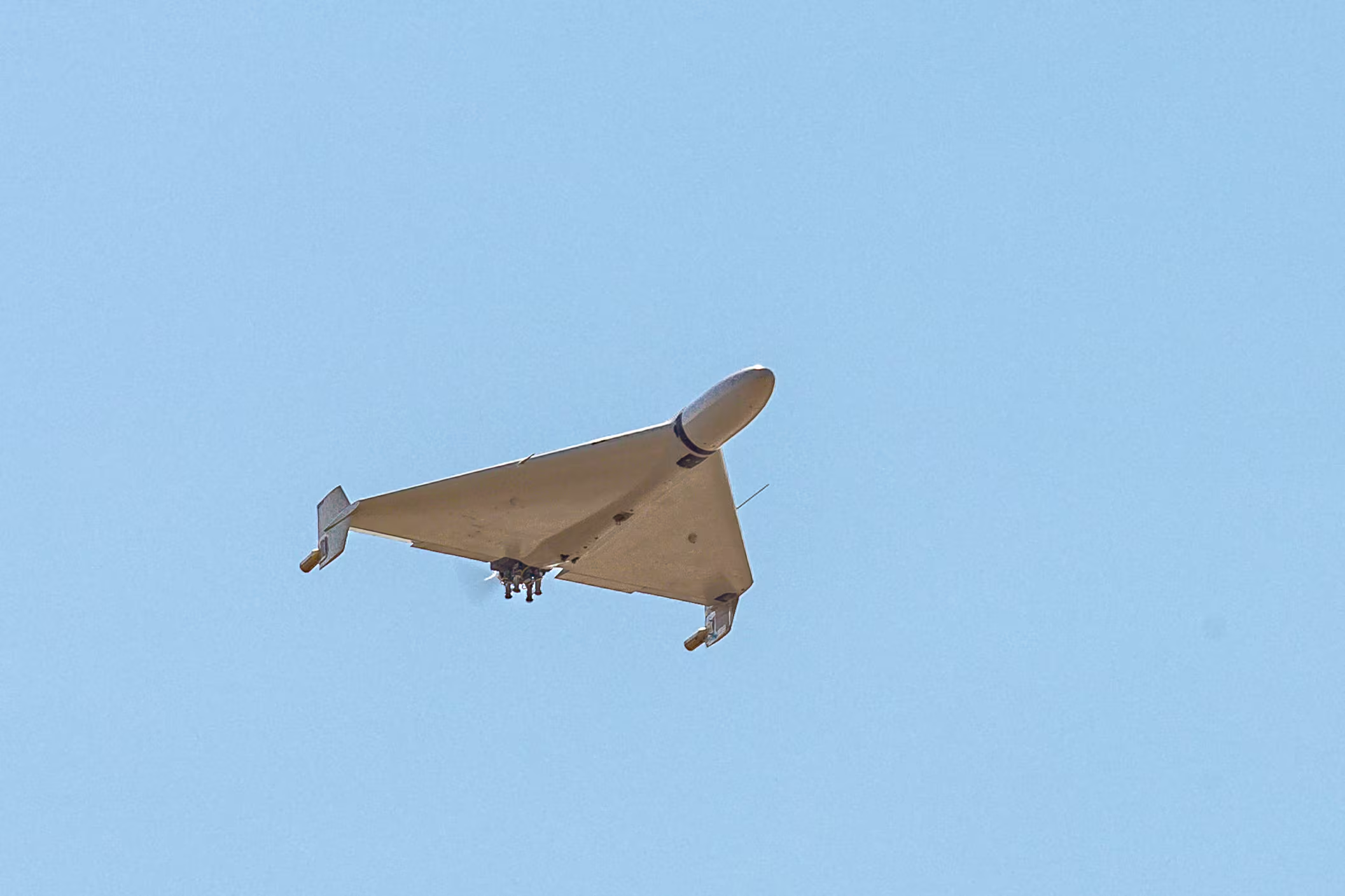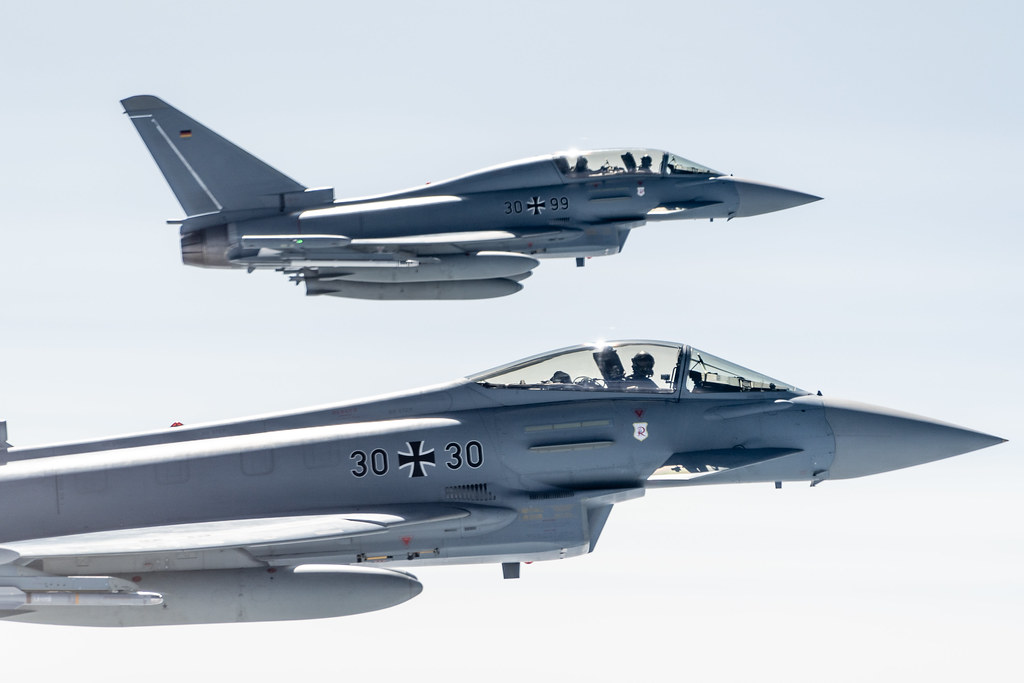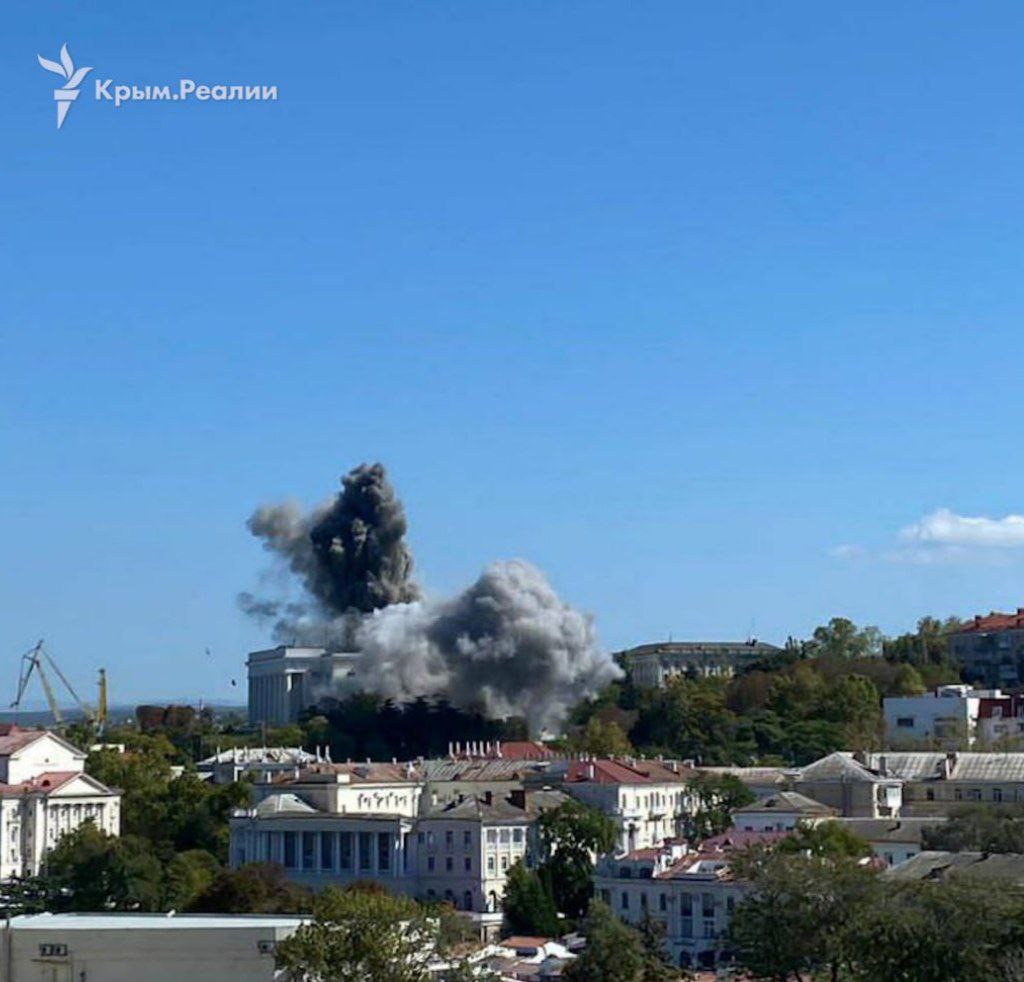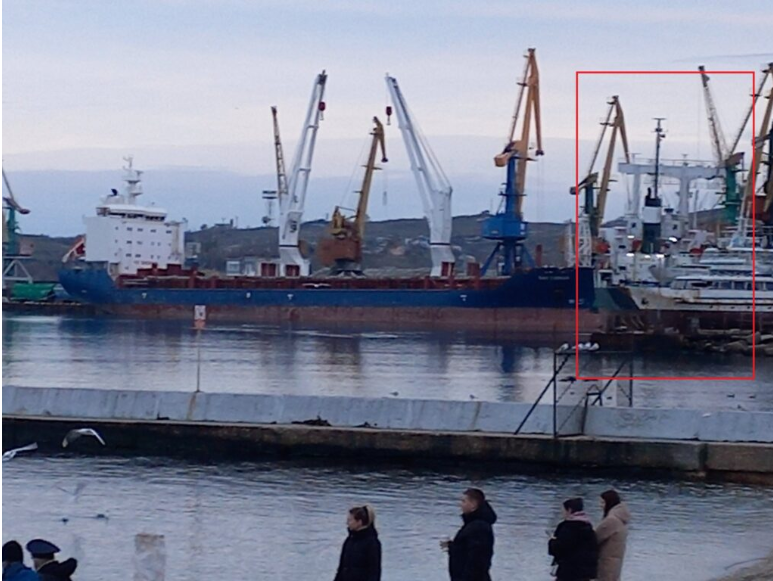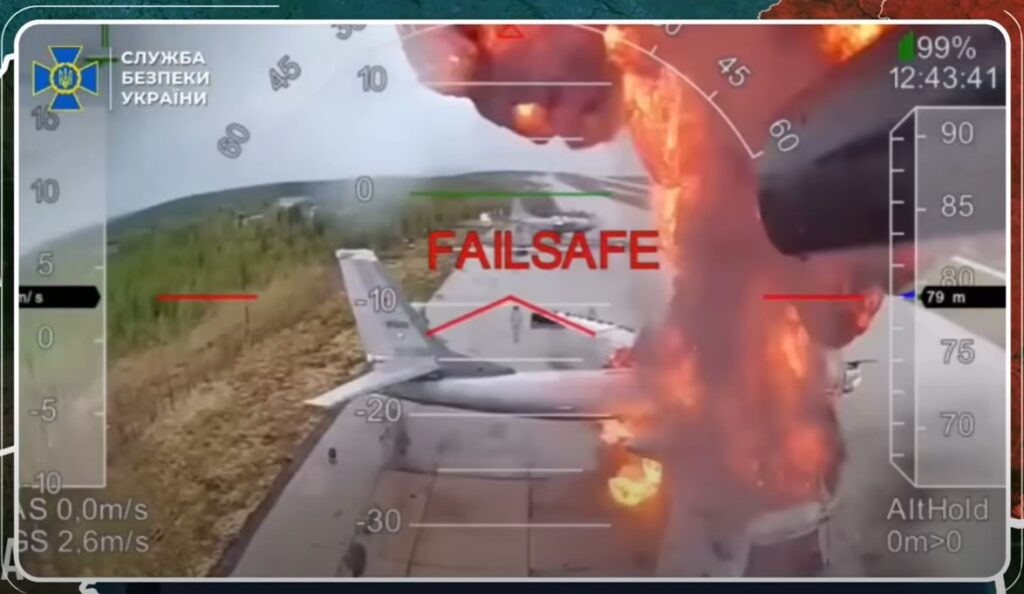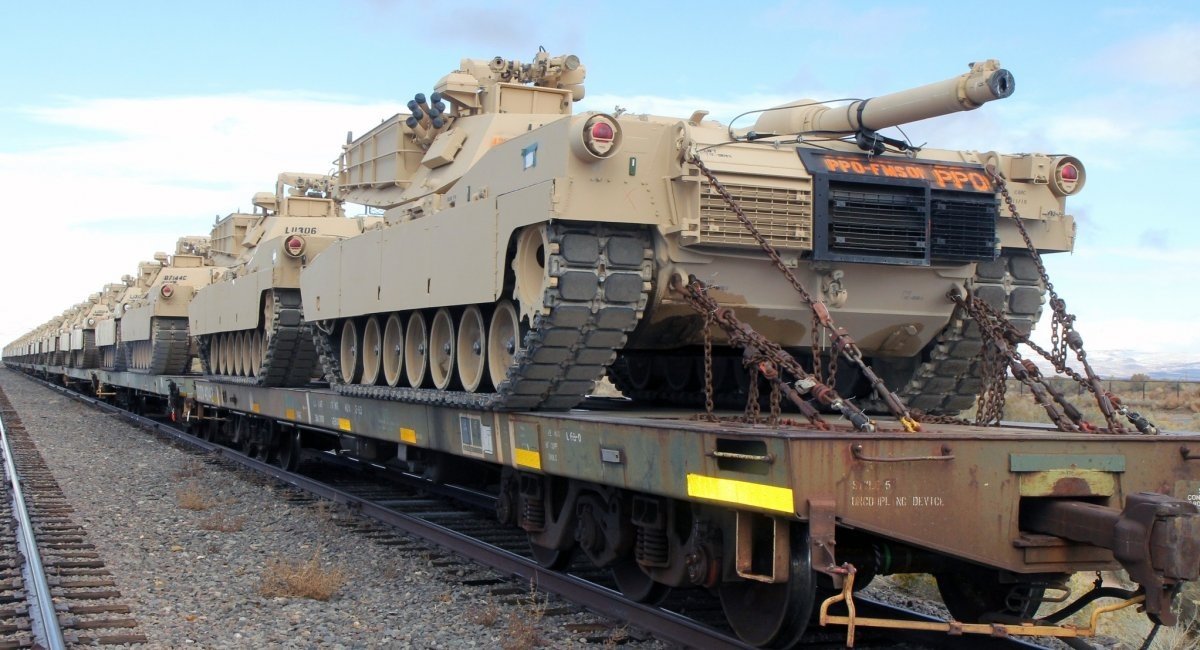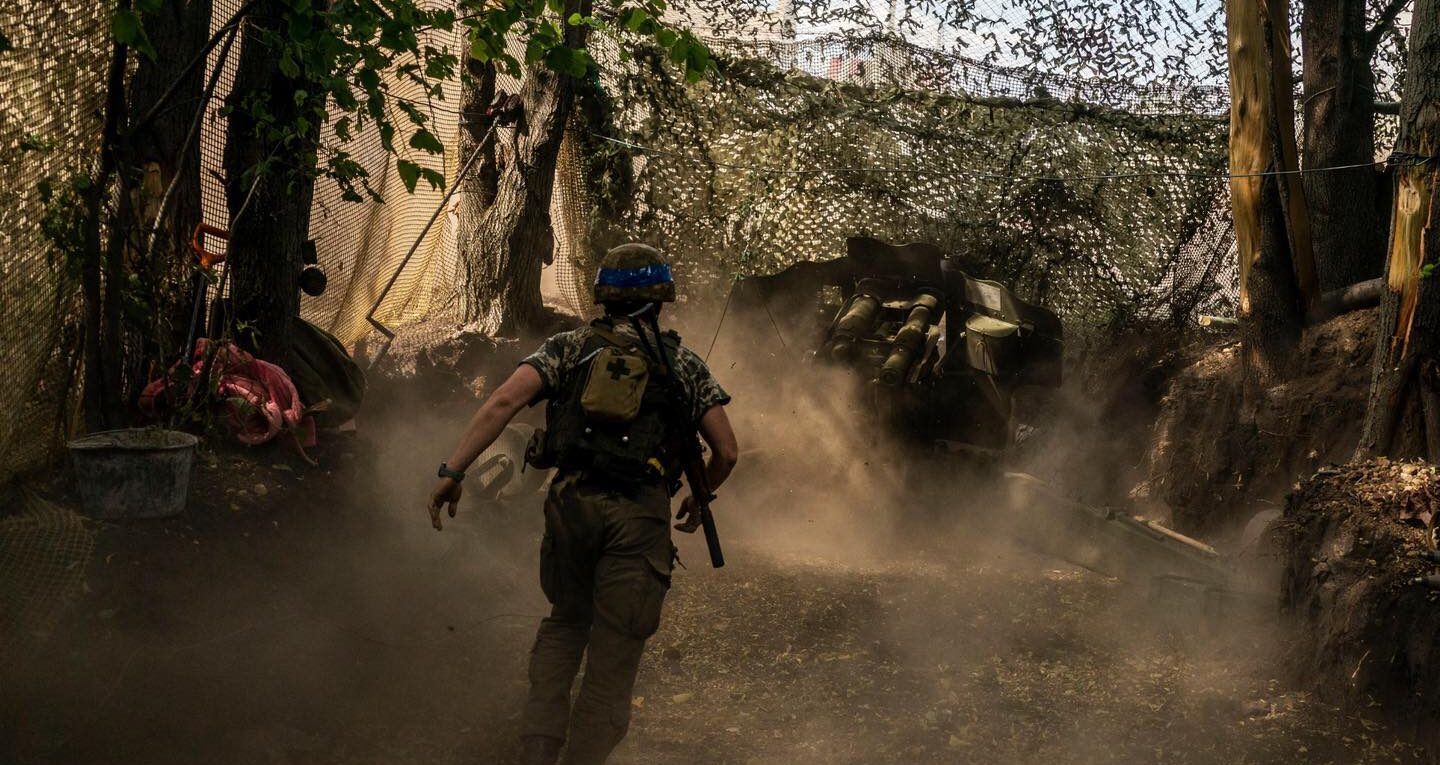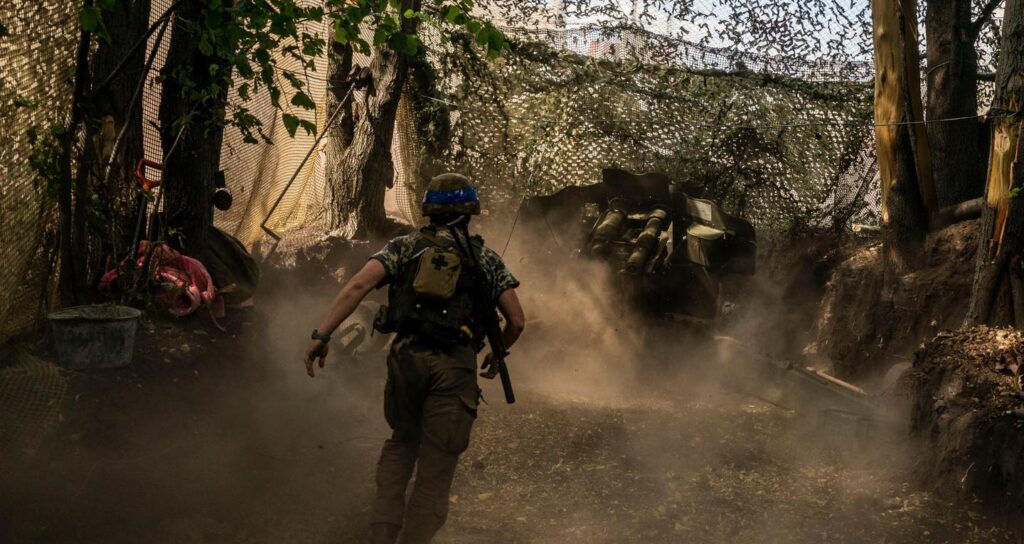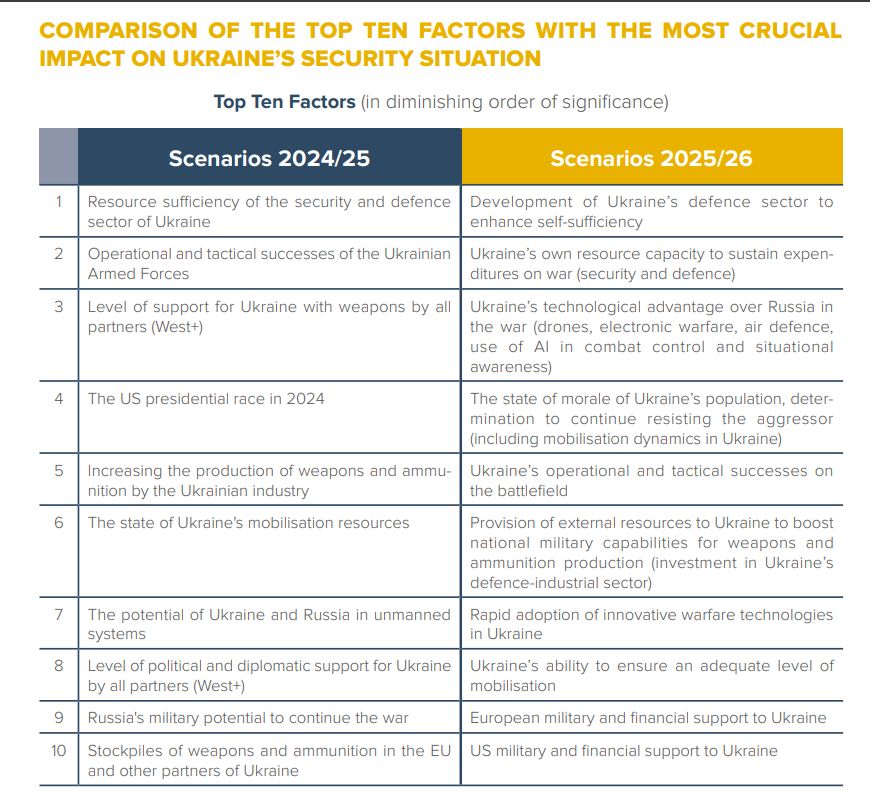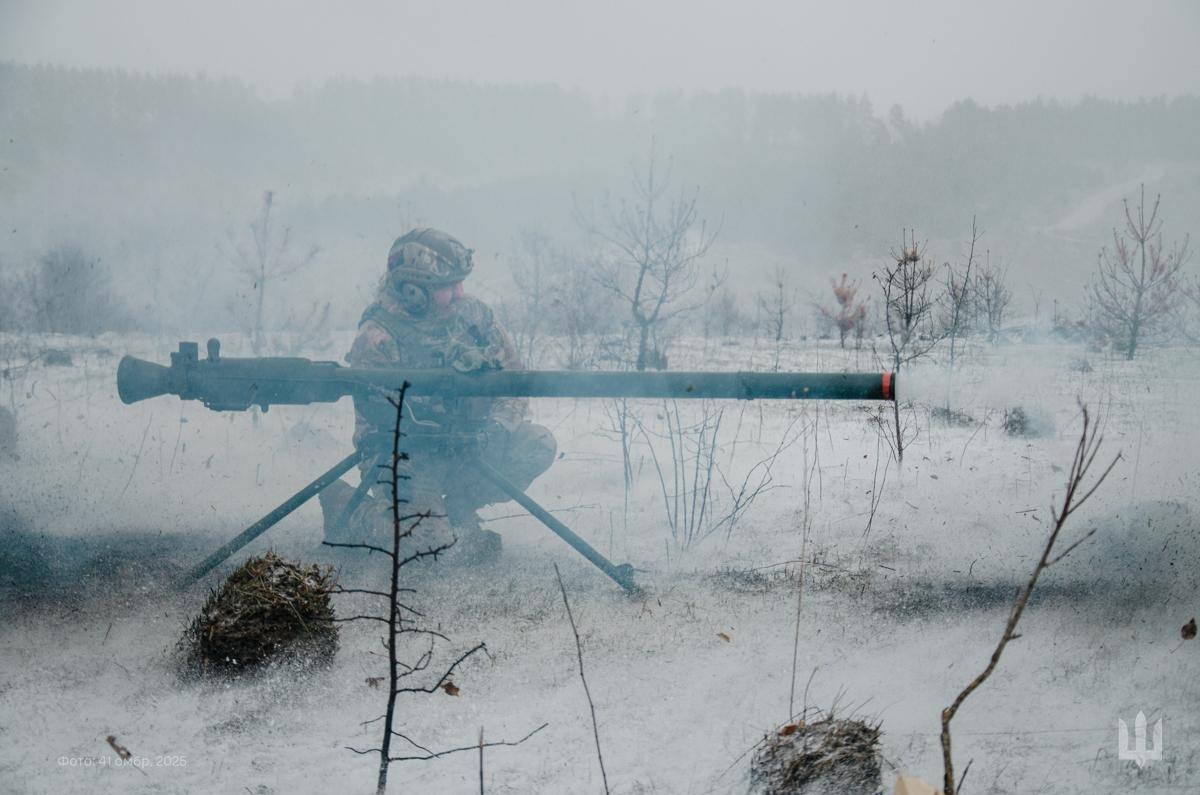Can Ukraine’s $ 1,000 drones really beat Russia’s $ 35,000 Shaheds?
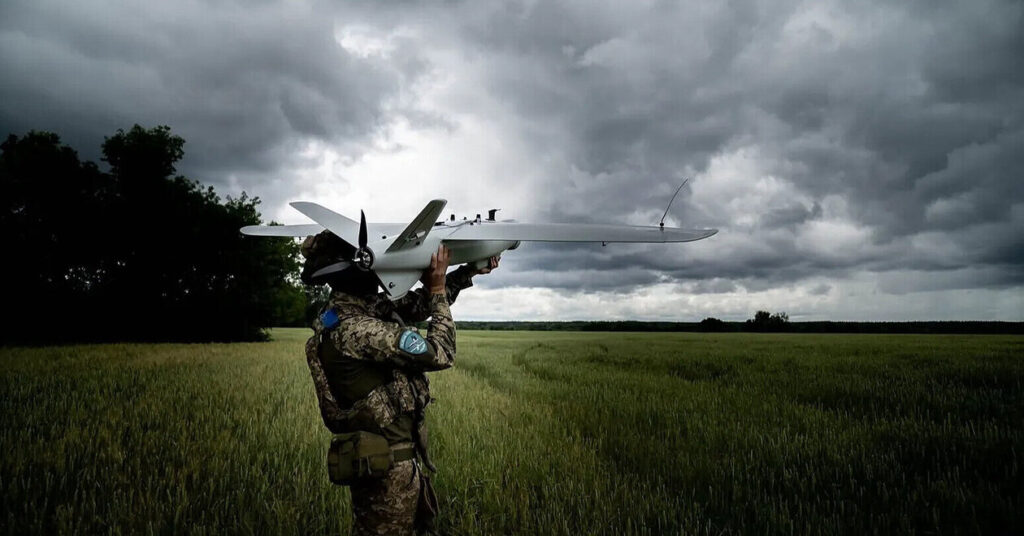
The Ukrainian capital has new rituals. At midnight, Kyiv moms drag their camping gear and babies to the nearest metro station, where they try to catch a few hours of Z’s while Russia pummels killer drones into apartment buildings all night. Others take the risk of the “bathroom shelter.“
The Iranian-designed Shahed drones whirr like lawnmowers but screech when diving on their final descent, too fast for missiles to intercept. Hiding behind two walls of the bathroom doesn’t guarantee survival if it’s a direct hit—your entire apartment will likely be vaporized.
This is Ukraine’s new normal—but it’s also the world’s testing ground for urban drone warfare.
While NATO countries study drone threats in war games, Ukraine is finding the answer to a riddle nobody has solved yet—how to counter swarms of cheap, mass-produced, deadly drones if the missiles needed to down them are ten times as expensive.

Russia says it will soon be launching up to 1,000 of these $35,000 Iranian-designed drones each night. They’ve gotten too upgraded to be shot down by gunfire, too high-flying for mobile air defenses. The West can’t produce enough interceptor missiles to match this volume, and even if they could, the cost would be prohibitive.
Is this the end of the war—will Russia terrorize Ukrainian civilians into accepting the Kremlin’s enslaving conditions?
Not so fast, said President Zelenskyy in Rome last week. Ukrainian engineers have cracked something no NATO country has figured out: how to hunt these drones cheaply.
“We will shoot down everything. Scientists and engineers have found a solution. This is the key. We need finances. And we will raise it.”
Hours earlier, those same swarms had just finished a 10-hour bombardment of Kyiv with 400 drones and 18 missiles, leaving two people dead, 16 wounded, and apartment buildings burning across Ukraine’s capital.
Russia’s bureaucracy finally finds its groove
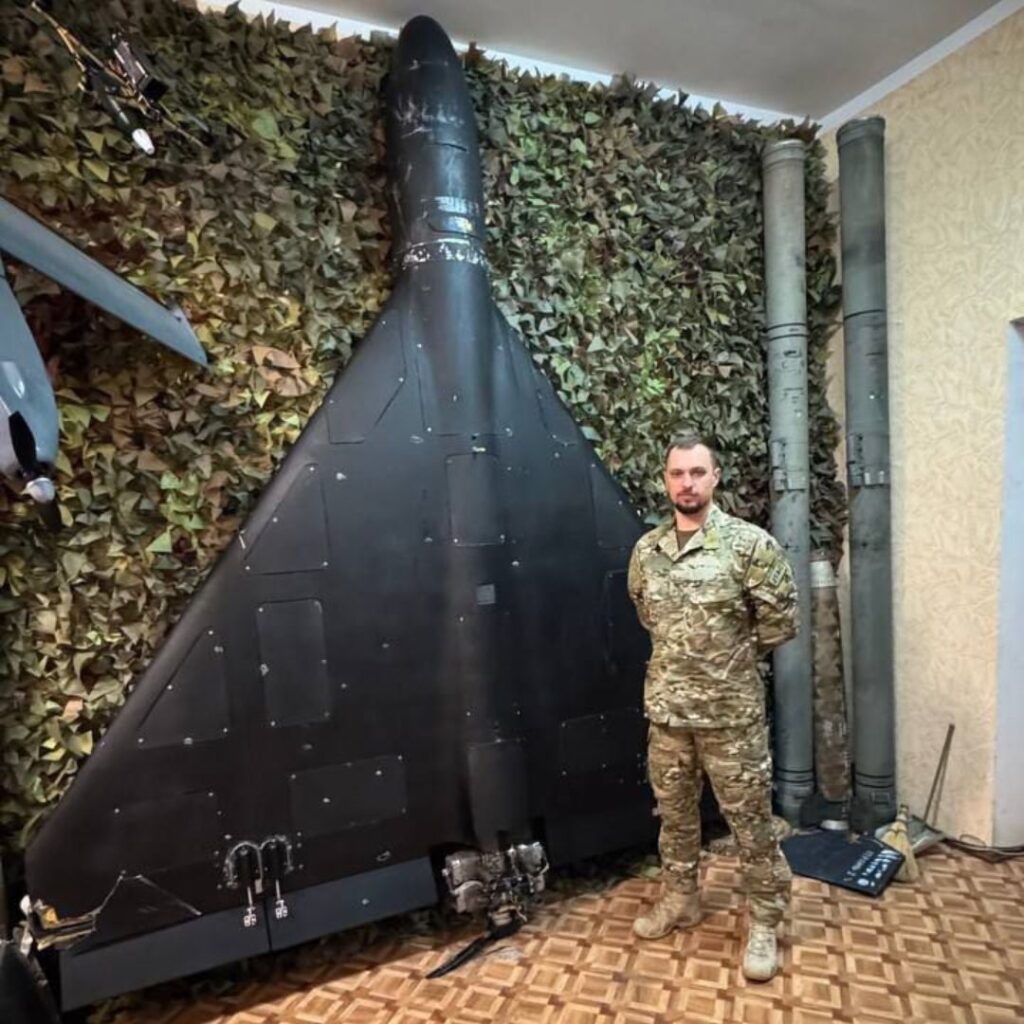
The pattern is consistent throughout the entire war. Ukraine is nimble with decentralized innovation. Russia’s bureaucracy moves slowly, but eventually overpowers with sheer numbers. Numbers of bodies thrown into the trenches. And now, numbers of Shaheds rammed into apartment buildings.
Putin called for 1.4 million drones annually in 2025—ten times Russia’s 2023 production. At the Alabuga facility in Tatarstan, Russia aims to build 6,000 drones by summer 2025 using Iranian blueprints and Western electronics that somehow keep trickling through sanctions.
The plan is working. Russia quintupled its Shahed campaign from 200 launches per week in September 2024 to over 1,000 weekly by March 2025. Experts warn Moscow could launch over 1,000 Shaheds daily by the end of 2025.
The upgraded Shaheds are nastier than the originals. Russian engineers reprogrammed them to approach at 2,800 meters altitude—beyond the reach of mobile air defenses—then dive at targets traveling 600 km/h while carrying 90-kilogram warheads, double the original payload.
Russian forces now target one or two cities at time instead of deploying 500 drones nationwide, flying at altitudes above 2km to stay out of reach of machine guns, Counteroffensive.Pro reported.
For months, the pendulum swung Russia’s way. Civilian casualties reached record levels—June 2025 alone saw 232 civilians killed and 1,343 wounded from drone attacks.
“Another night hunched over mobile phones in the dark,” reported Al Jazeera’s correspondent from Kyiv, describing how residents track incoming threats while “listening for that change in pitch that a Shahed engine makes when it goes into its terminal descent.”
What NATO discovered it couldn’t do
NATO has been trying to solve the same problem with typical Western approaches: expensive, complex systems designed by committee.
- The Pentagon’s most ambitious counter-swarm test in June 2024 successfully defended against up to 50 attacking drones using eight different weapon systems.
- The UK just tested radio frequency weapons against multiple drone targets simultaneously—but only at ranges up to one kilometer.
But when 400 Shaheds converge on Kyiv simultaneously from multiple axes, even a perfect grid of 1-kilometer defense bubbles would get overwhelmed by the sheer numbers attacking each sector at once. NATO’s September 2024 exercise showcased over 50 counter-drone technologies, yet Ukrainian officials who attended warned that defending European cities against drone swarms would be “near impossible.”
NATO can handle dozens of drones in controlled tests, but has no sustainable solution for the hundreds of Shaheds Russia launches simultaneously at sleeping cities.
Ukrainian creativity strikes back

Then Ukrainian engineers did what they do best: find a cost-effective solution no Western country could crack.
The breakthrough came from Ukraine’s decentralized innovation ecosystem. Sixteen companies developed interceptor drones costing as little as $1,000 each—a fraction of Western missile costs. The budget Сhaika costs just 39,900 UAH ($950) on the Brave1 marketplace, while Sky Defenders’ ZigZag interceptor costs 128,000 UAH ($3,000), still dramatically cheaper than $430,000 IRIS-T missiles.
Ukrainian interceptors achieved a 70% kill rate against Shaheds in optimal conditions—nearly double the 35-40% success rate of traditional mobile fire groups using machine guns. Over 100 strike drones have been destroyed by Ukrainian interceptor drones as of March 2025.
The “Clean Sky” program intercepted 550 Russian drones during pilot testing, with one remarkable night operation destroying 33 enemy aircraft.
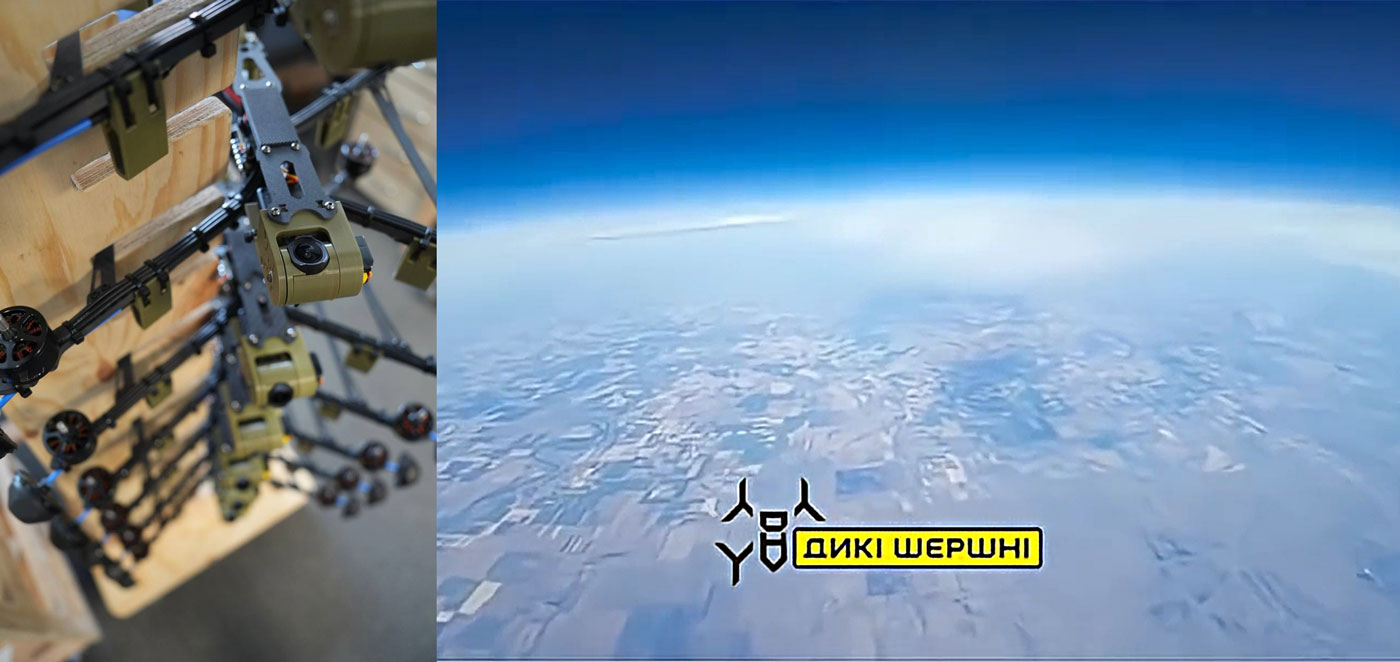
Three developers told Counteroffensive.Pro the minimum requirements:
- speed over 200 km/h (regular FPV flies at 120 km/h),
- ability to climb to 6 km altitude, terminal guidance systems,
- warheads between 600-1200 grams.
“The bigger the target, the bigger the warhead needed for more precise detonation. Because you can hit a wing, but it will only tear it off and not destroy the target itself,” Olha Bihun, CEO of Anvarix, told Counteroffensive.Pro.
Ukraine’s approach creates a budget version of Israel’s Iron Dome concept. Where Iron Dome uses $40,000-$100,000 interceptor missiles against cheap rockets, Ukraine deploys $1,000-$5,000 interceptor drones against $35,000 Shaheds. The economics look promising—but proving they work at scale remains the challenge.
Anti-Shahed strategy still a work in progress
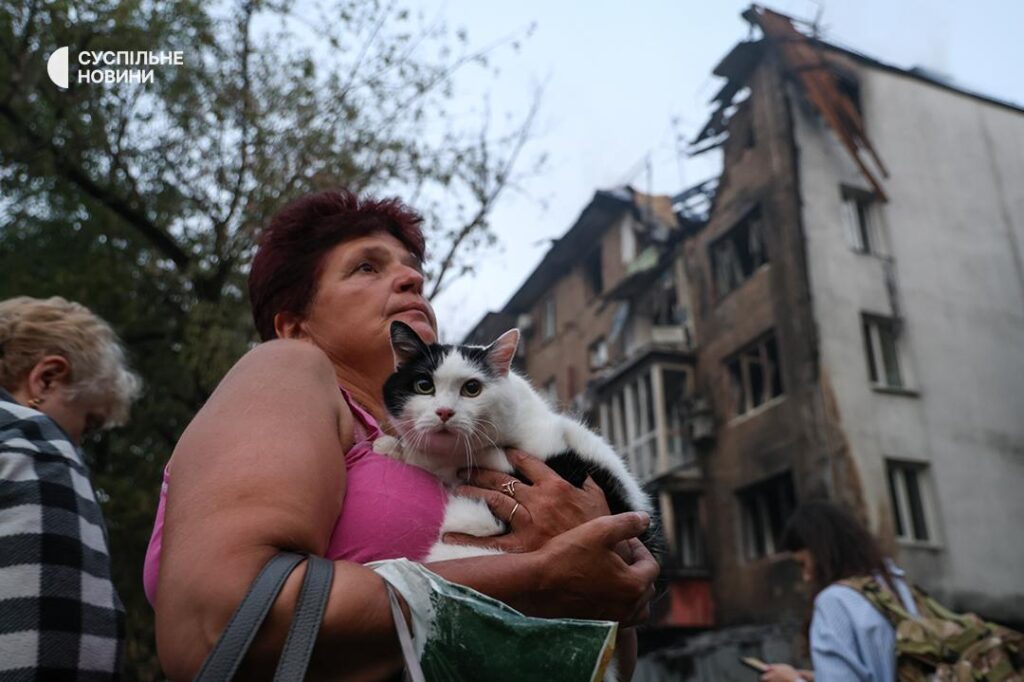
But intercepting Shaheds isn’t like shooting down tanks with FPV drones.
Operator training takes six months, Taras Tymochko of the Come Back Alive Foundation told Counteroffensive.Pro, but Ukraine has very few training centers, forcing experienced units to spend time teaching new operators instead of focusing on interceptions.
The economics get messier under real combat conditions. While a single $2,000 interceptor against a $35,000 Shahed sounds like a winning trade, operators often need multiple attempts. Counteroffensive.Pro found that five interceptors are sometimes required to down one Shahed—suddenly that’s $10,000-$25,000 per successful intercept.
Operational challenges compound the complexity. Ukrainian electronic warfare systems meant to jam Shaheds also interfere with interceptor communications, creating coordination nightmares between different units with different equipment. Counteroffensive.Pro reported the average wait time for radar stations from Ukrainian producers reached 13 months, up from six months just half a year ago.
Weather remains a formidable enemy: rain and snow significantly degrade performance, with moisture damaging electronic components. Strong winds above 10 m/s affect flight stability, while cold temperatures reduce battery performance by up to 50%.
Success rates drop from 70% in optimal conditions to 20-30% when including aborted missions.
Current deployment covers only frontline regions and Kyiv, leaving major cities like Kharkiv, Odesa, and Zaporizhzhia vulnerable. Despite interceptor successes, civilian casualties continue mounting. Falling debris from successful intercepts creates additional casualties: a drone intercepted above Kyiv can still fall on an apartment building, killing those beneath.

Technology is Ukraine’s chance to win the war. This is why we’re launching the David vs. Goliath defense blog to support Ukrainian engineers who are creating innovative battlefield solutions and are inviting you to join us on the journey.
Our platform will showcase the Ukrainian defense tech underdogs who are Ukraine’s hope to win in the war against Russia, giving them the much-needed visibility to connect them with crucial expertise, funding, and international support. Together, we can give David the best fighting chance he has.
Join us in building this platform—become a Euromaidan Press Patron. As little as $5 monthly will boost strategic innovations that could succeed where traditional approaches have failed.
Ukraine pioneers asymmetric warfare solutions at global scale
Ukraine faces what no NATO country has solved: how to defend sleeping cities against hundreds of simultaneous drone attacks designed to terrorize civilians into political submission.
Russia’s nightly Shahed campaigns aren’t random terror. They’re a calculated military strategy to force Ukrainian mothers into metro stations with their babies, to exhaust entire populations, to break morale until Ukraine accepts Moscow’s political demands.
People settle in for the night in the Kyiv metro as sirens continue to wail across Ukraine.
— Euromaidan Press (@EuromaidanPress) July 3, 2025
Video: Yan Dobronosov pic.twitter.com/Qyk0XBtk6g
Every intercepted drone above Kyiv isn’t just a military victory; it’s a family that gets to sleep in their own bed.
And while they’re scrambling for a solution to ease the psychological impact of the terror, Ukrainian engineers are simultaneously solving problems that will determine whether democratic cities worldwide have defenses against drone swarms.
Throughout Russia’s invasion, Ukraine keeps pulling this off: finding cheap and effective solutions that redefine how wars are fought:
- When Russia’s Black Sea Fleet dominated Ukrainian waters, Ukraine developed naval drones that forced the entire fleet to retreat from Sevastopol.
- While Western capitals worried about escalation, Ukraine trucked in dirt-cheap drones to destroy Russian bombers right in their bases in Operation Spiderweb.

“Kill a navy for the price of a car”: Ukraine’s drones drove out Putin’s fleet from the Black Sea — then turned on his fighter jets
Now, with Shahed swarms, Ukraine is inventing the rules for hunting cheap attack drones with even cheaper interceptors.
NATO allies are watching closely. Iranian proxies are already copying Russian tactics. The technology being tested over Kyiv tonight could be protecting London, Berlin, or Washington tomorrow. Ukraine isn’t just defending itself; it’s developing the playbook for asymmetric drone warfare that every major city will eventually need.
Can Ukraine scale innovation faster than Russia scales terror?
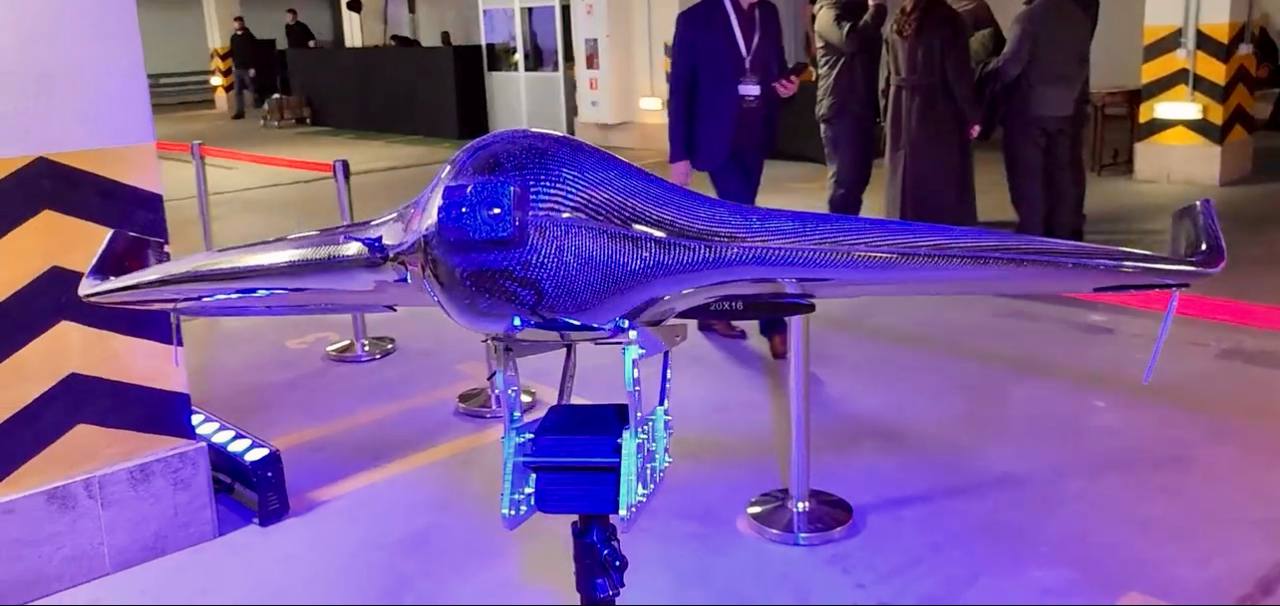
The crucial test: can Ukraine’s decentralized creativity scale to match Russia’s industrial bureaucracy?
In 2024, Ukraine’s drone industry operated at only 37% capacity due to lack of government contracts. However, the recent $4 billion in G7 funding secured for interceptor manufacturing could turn that around.
Component shortages plague the industry. Defense Express noted that interceptor drones require expensive night vision cameras to catch Shaheds, which are typically launched in dark hours, driving up costs compared to regular FPV drones.
Russian forces adapted faster than Ukraine could scale defenses. New Shahed variants feature rear-facing cameras for evasion, programmed evasive maneuvers when detecting interceptors, and enhanced warheads carrying 90kg payloads. Russia launches dense formations of 10-15 drones simultaneously, mixing decoy drones with armed Shaheds to deplete defenses.
This war has become a test of competing systems: Ukraine’s decentralized creativity versus Russia’s centralized industrial capacity.
In previous cycles, Ukraine innovated, Russia adapted and scaled, forcing Ukraine to innovate again. But interceptor drones represent something different—a technology that demands both innovation and industrialization.
Can Ukrainian engineers prove they can master mass production too? The answer determines whether families in Ukraine sleep safely in their beds or pack camping gear for another night underground. Ukraine must win at Russia’s own game: turning clever ideas into industrial reality fast enough to counter a terror campaign designed to break civilian morale and force political submission.

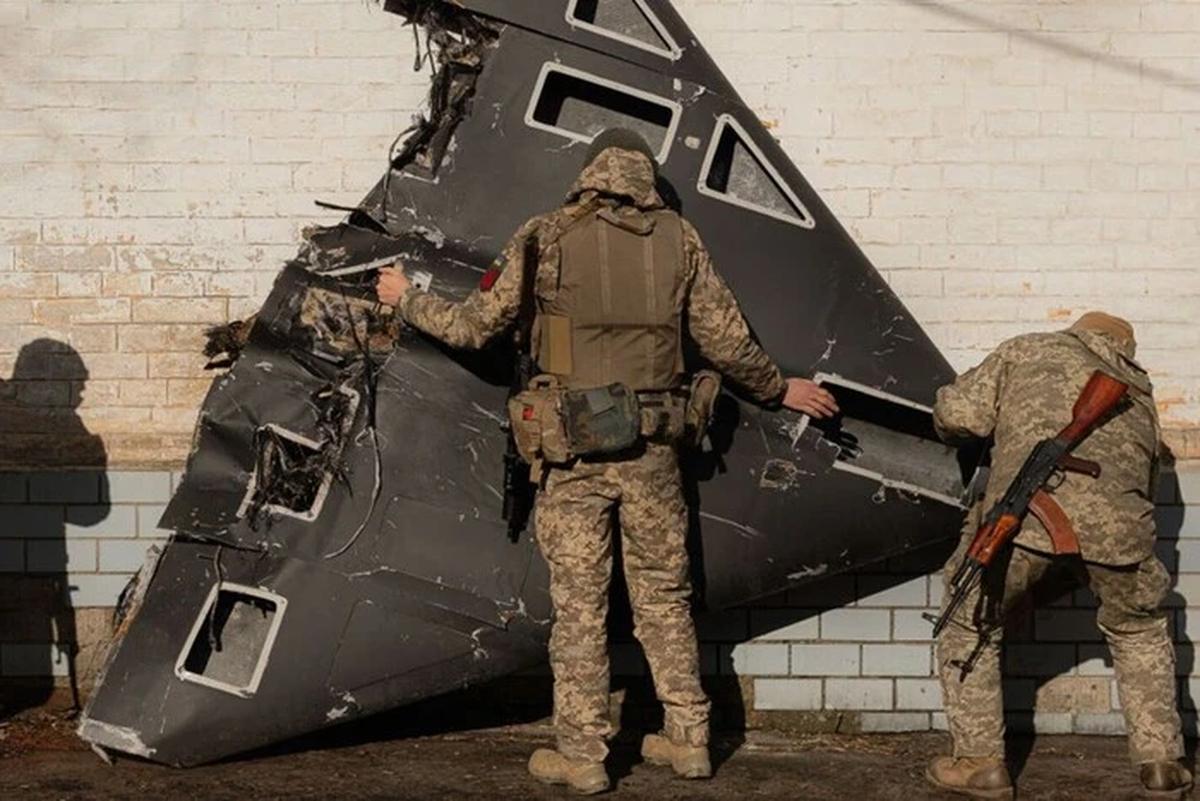


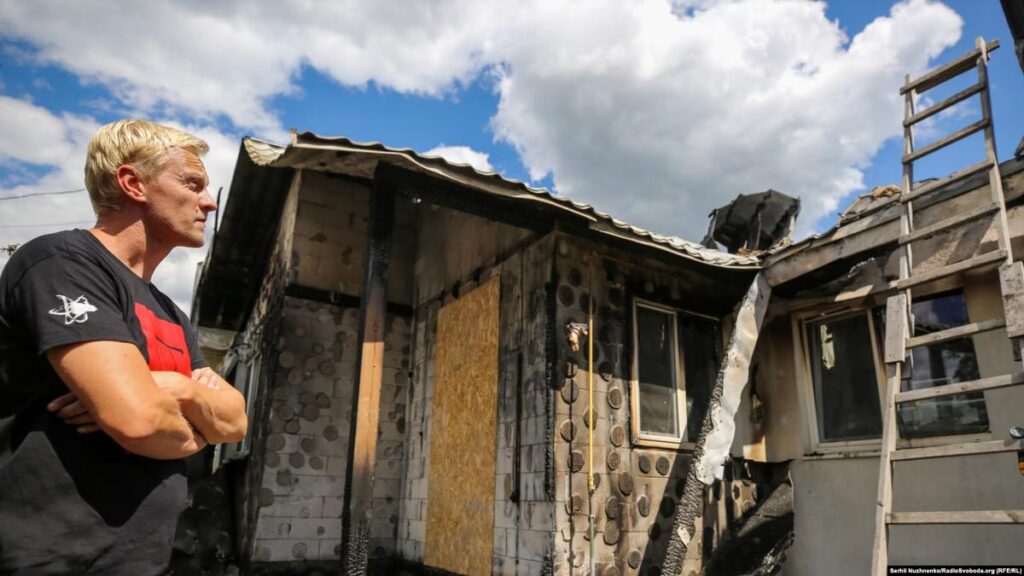

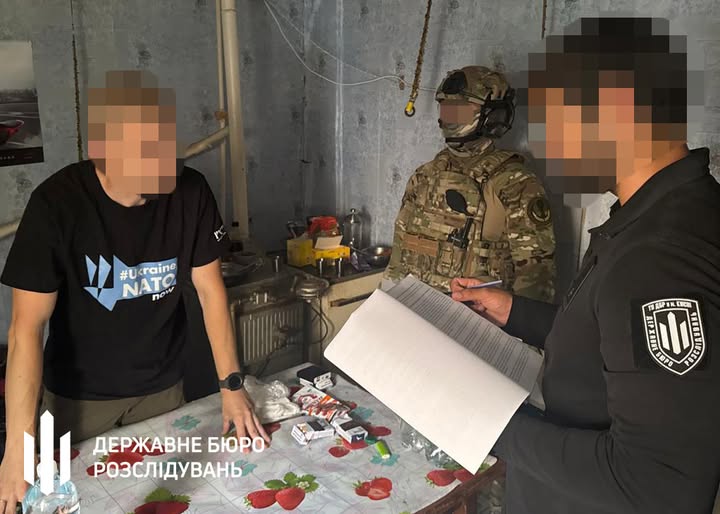
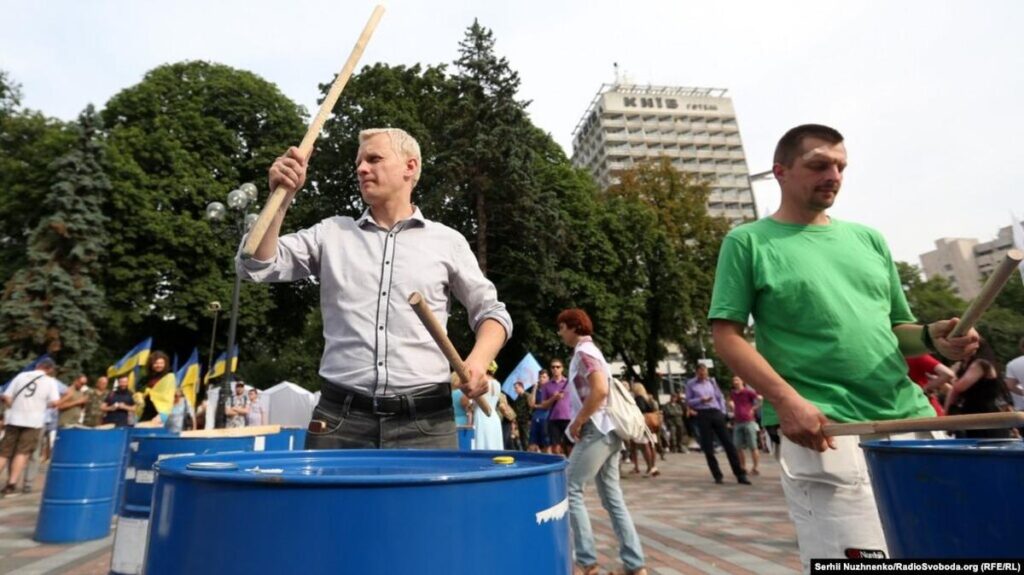
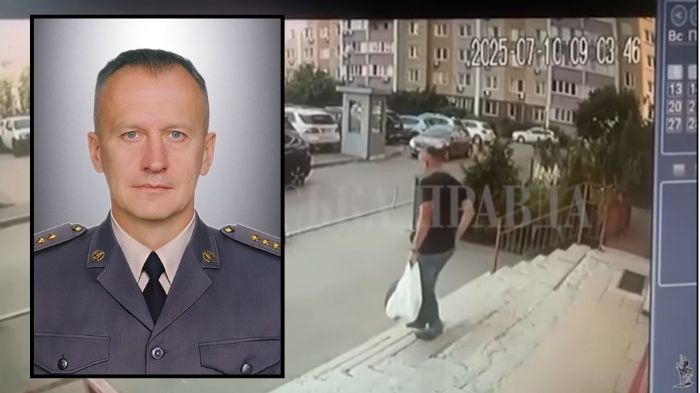

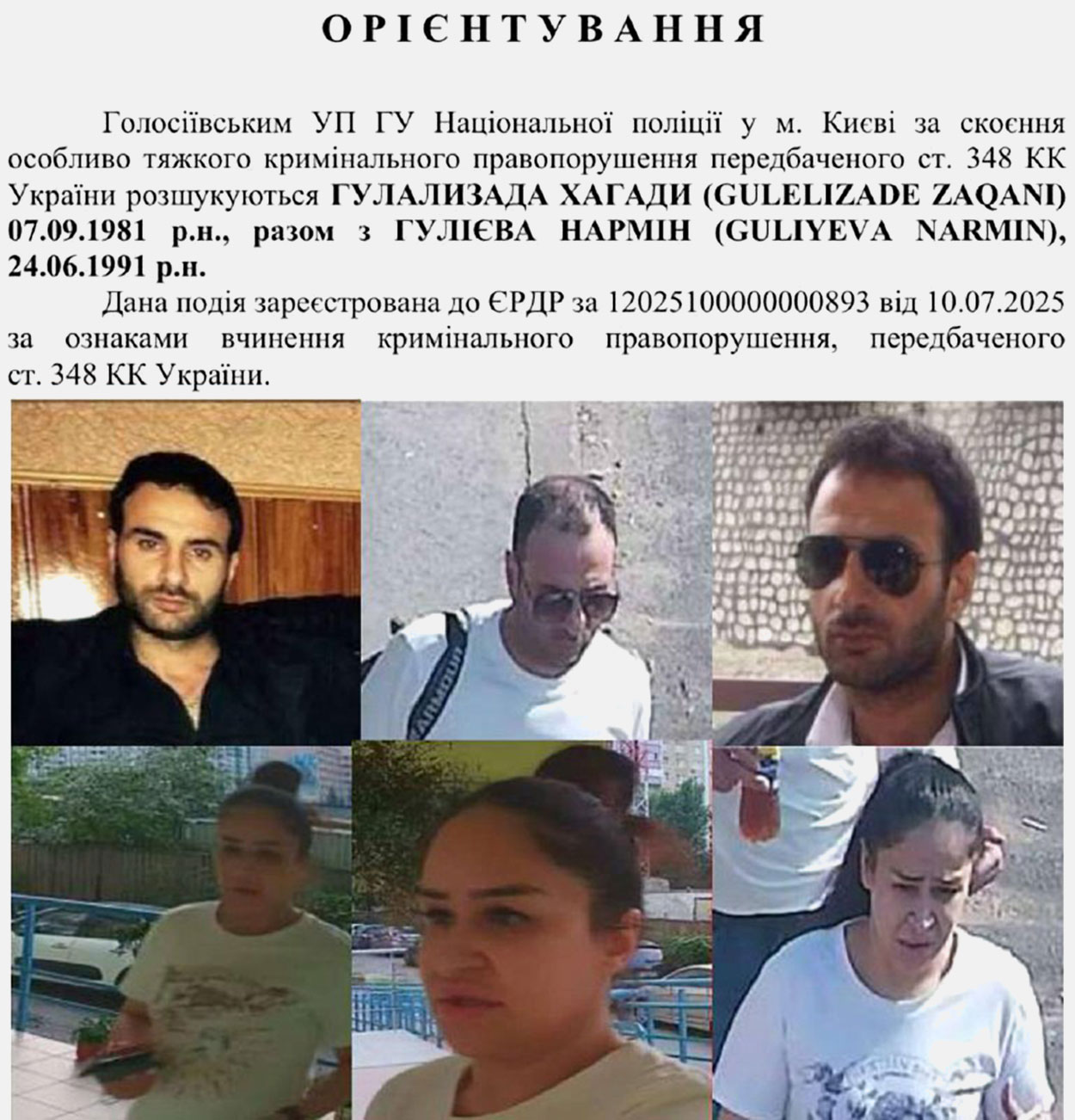
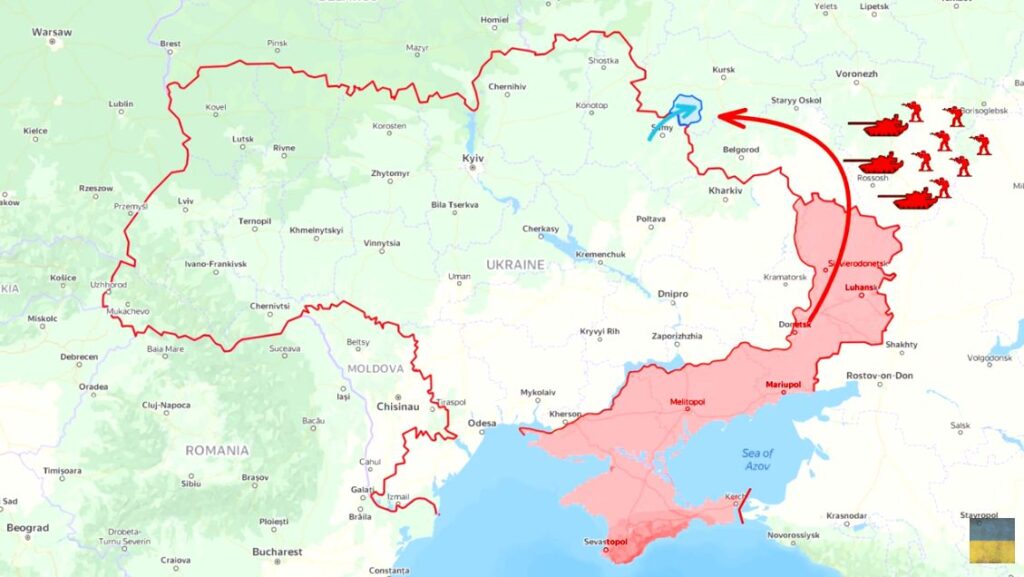







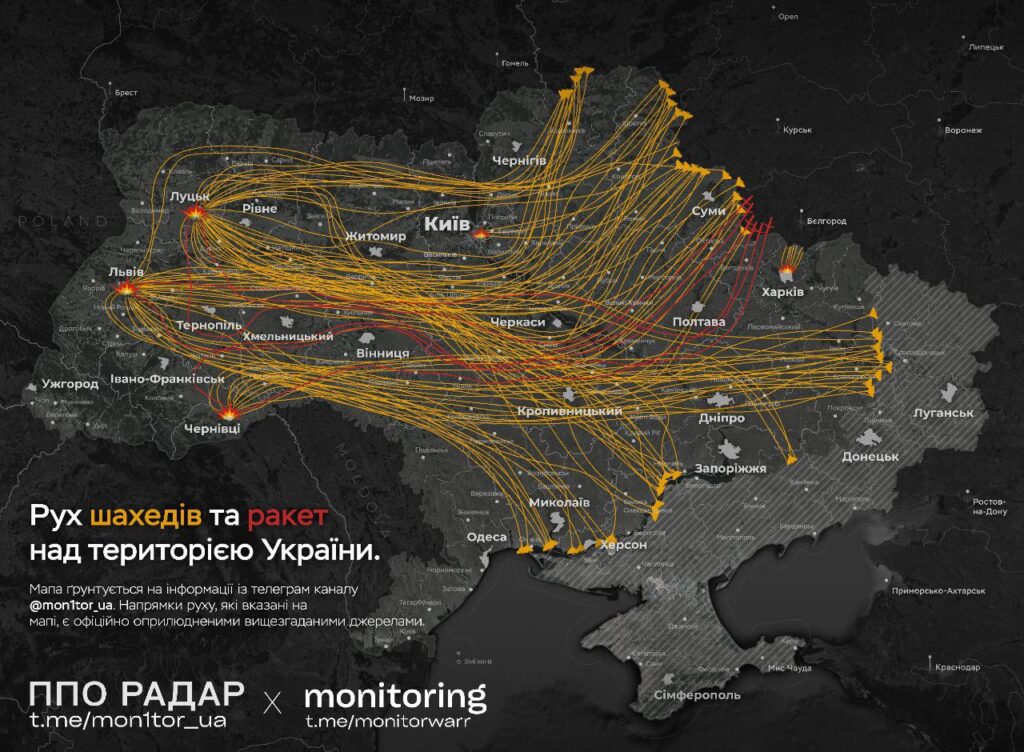
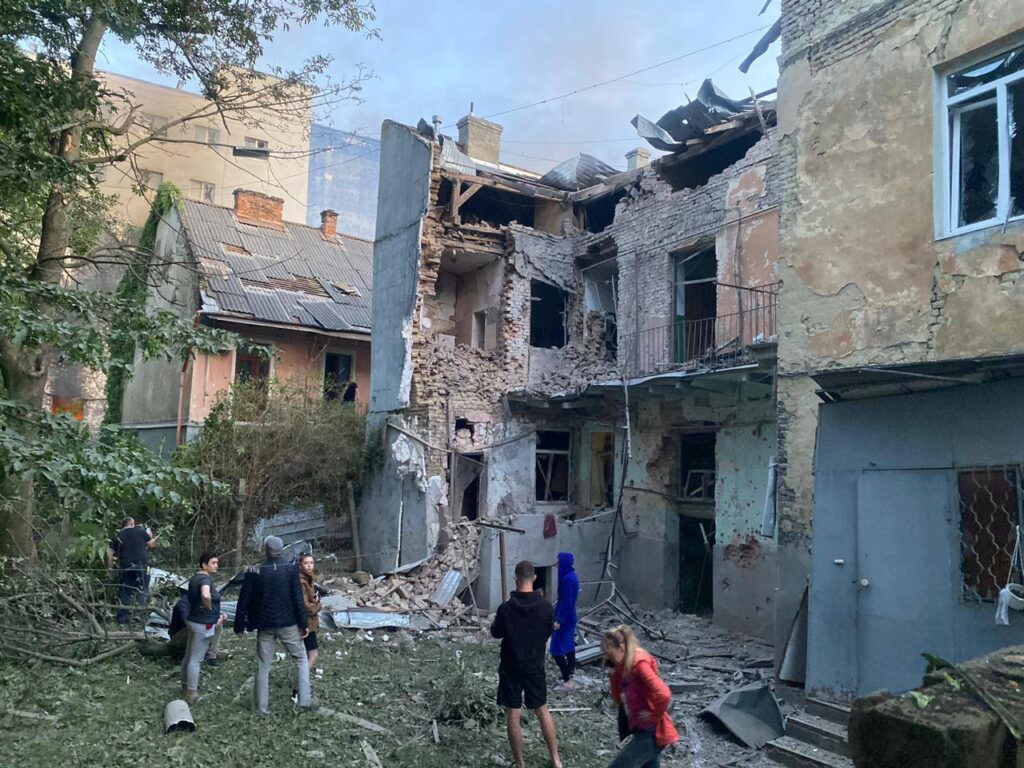





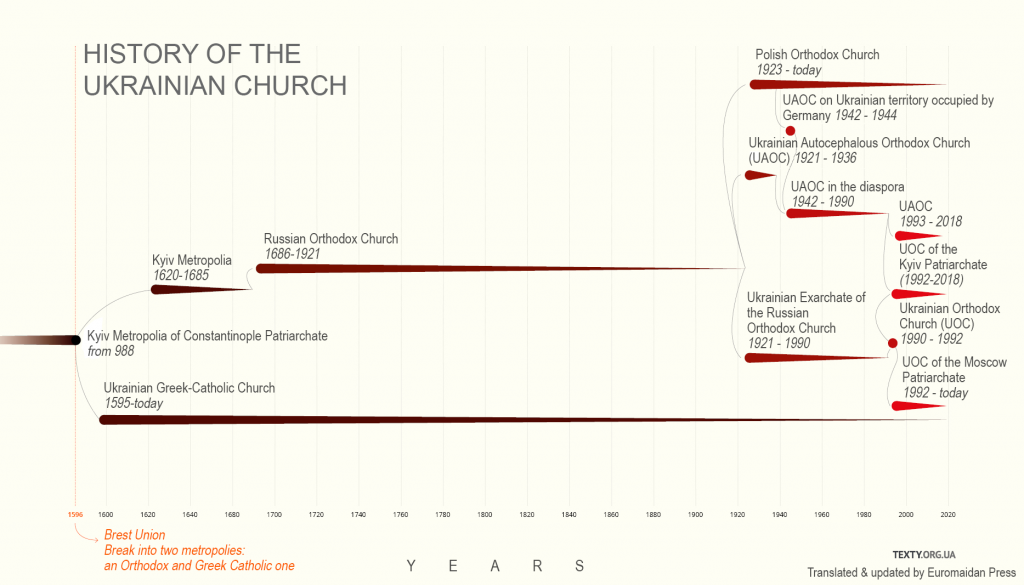






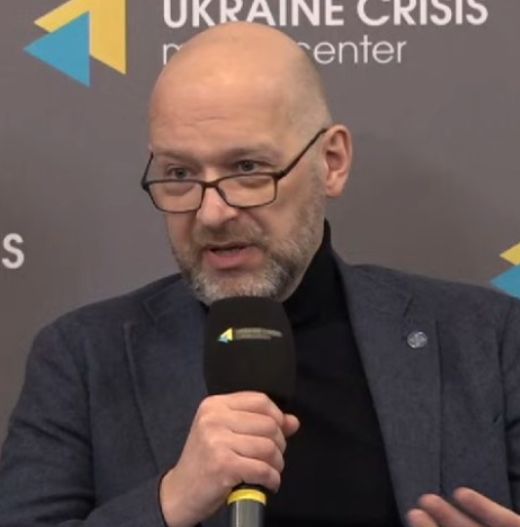



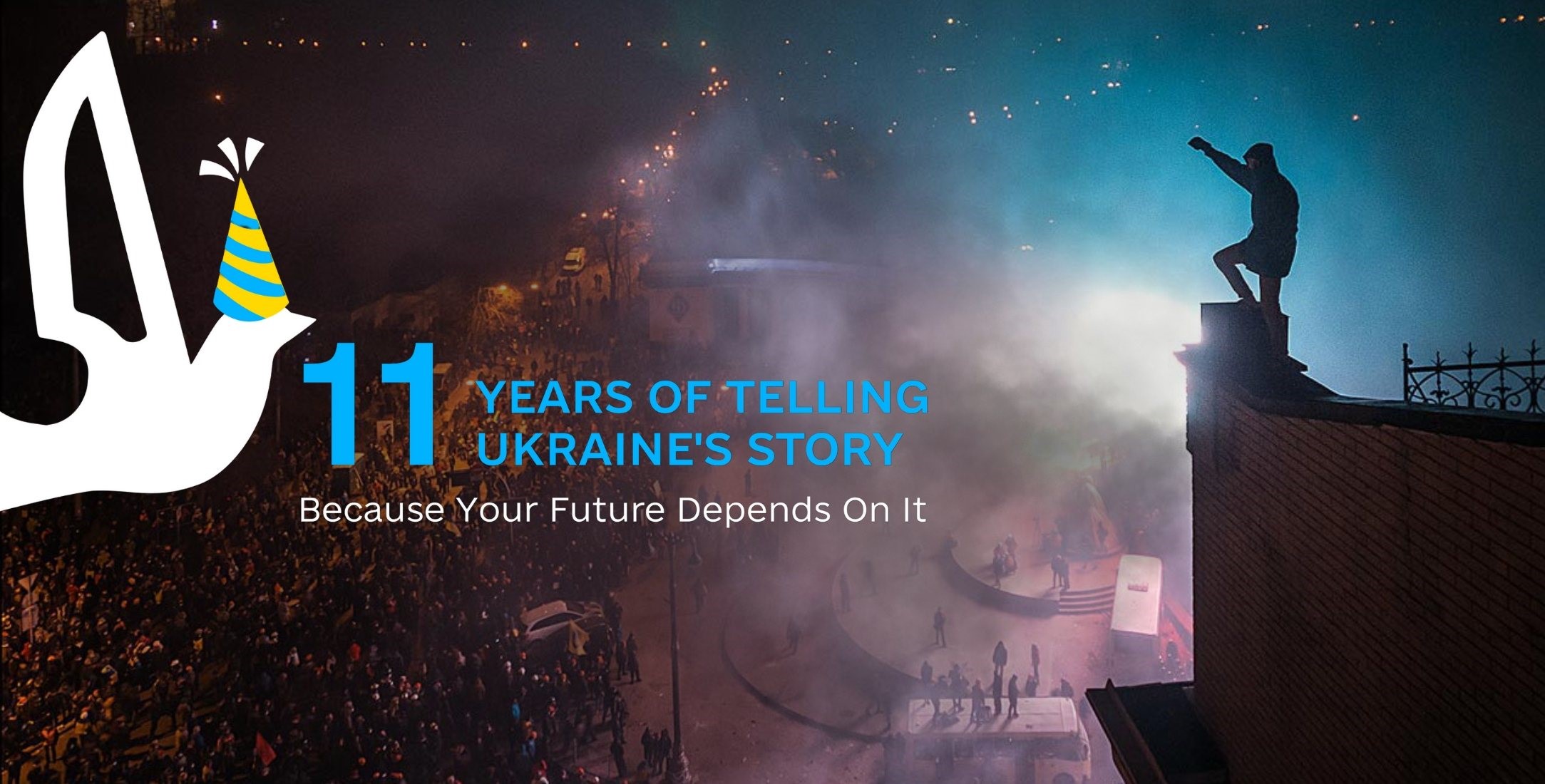

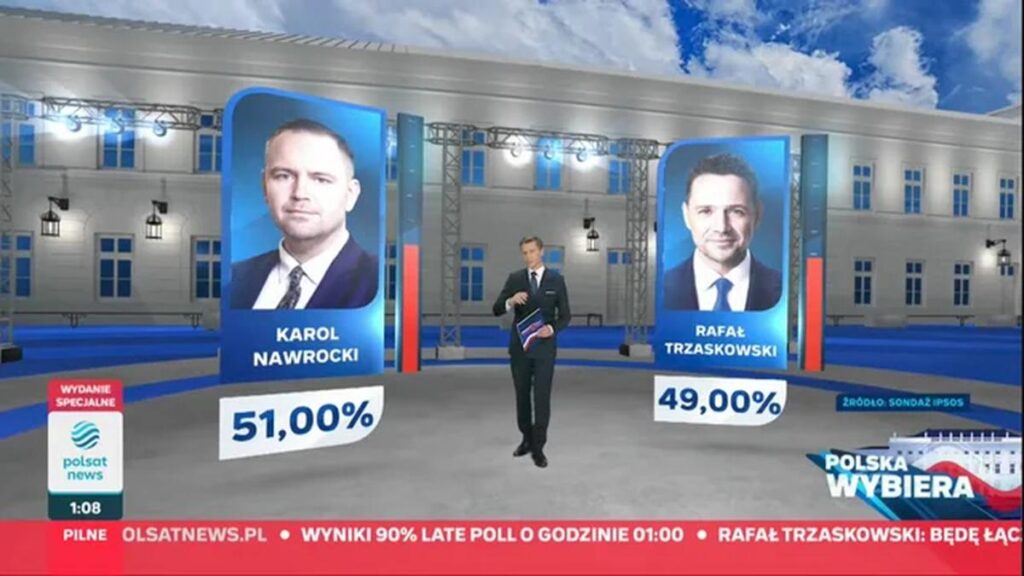


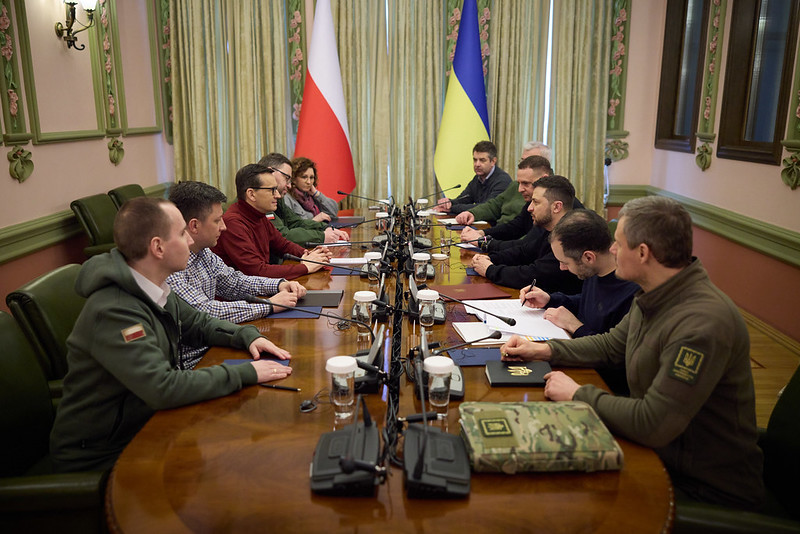




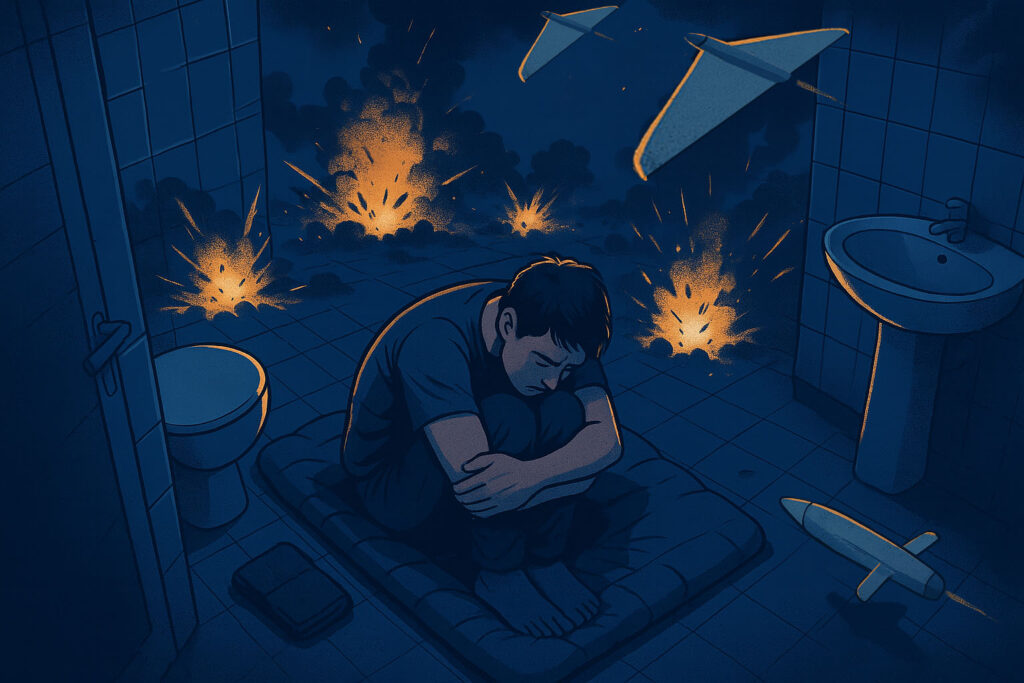


 InsiderUA/TG
InsiderUA/TG 





